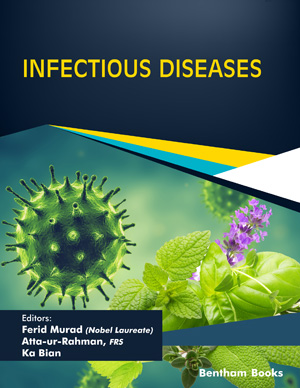Abstract
Asymptomatic VPE refers to the presence of this abnormal ECG pattern in the absence of any symptoms. The natural history in these patients is usually benign, and most children (60%) with VPE are usually asymptomatic. However, Sudden Cardiac Death (SCD) has been reported to be the initial symptom in many patients too. The increased risk of SCD is thought to be due to the rapid conduction of atrial arrhythmias to the ventricle, via the AP, which degenerates into Ventricular Fibrillation (VF). The best method to identify high-risk patients with asymptomatic VPE for SCD is the characterization of the electrophysiological properties of the AP through an Electrophysiological Study (EPS). Also, catheter ablation of the AP with radiofrequency as definitive treatment to avoid SCD can be performed by the same procedure with high rates of success. However, the uncertainty over the absolute risk of SCD, the poor positive predictive value of an invasive EPS, and complications associated with catheter ablation have made the management of asymptomatic VPE challenging, even more in those children younger than 8-year-old, where there are no clear recommendations. This review provides an overview of the different methods to make the risk stratification for SCD in asymptomatic children with, as well as our viewpoint on the adequate approach to those young children not included in current guidelines.
Keywords: Wolff-parkinson-white syndrome, sudden cardiac death, ventricular preexcitation, infant, atrioventricular accessory pathways, ventricular fibrillation.
Graphical Abstract
[http://dx.doi.org/10.1136/hrt.2008.151175] [PMID: 19752209]
[http://dx.doi.org/10.1161/CIRCEP.109.859827] [PMID: 19808451]
[http://dx.doi.org/10.1161/01.CIR.87.3.866] [PMID: 8443907]
[http://dx.doi.org/10.1093/eurheartj/ehi108] [PMID: 15689345]
[http://dx.doi.org/10.1016/j.jacc.2008.09.037] [PMID: 19147045]
[http://dx.doi.org/10.1016/j.amjcard.2013.05.035] [PMID: 23827401]
[http://dx.doi.org/10.1097/ANC.0000000000000246] [PMID: 26742096]
[http://dx.doi.org/10.1177/0009922808316994] [PMID: 18698098]
[http://dx.doi.org/10.1016/S0002-9149(99)80136-2] [PMID: 7653450]
[http://dx.doi.org/10.1161/01.CIR.43.4.520] [PMID: 5573385]
[http://dx.doi.org/10.1161/CIRCULATIONAHA.111.055350] [PMID: 22532593]
[http://dx.doi.org/10.1017/S1047951102000549] [PMID: 12365171]
[http://dx.doi.org/10.1016/S0735-1097(02)02706-7] [PMID: 12535816]
[http://dx.doi.org/10.1056/NEJMoa040625] [PMID: 15371577]
[http://dx.doi.org/10.1016/j.ijcard.2003.10.017] [PMID: 15686769]
[http://dx.doi.org/10.1016/j.hrthm.2012.03.050] [PMID: 22579340]
[http://dx.doi.org/10.1046/j.1460-9592.2003.00139.x] [PMID: 12698688]
[http://dx.doi.org/10.1016/0002-9149(92)91076-G]
[http://dx.doi.org/10.1016/S0735-1097(10)80146-9] [PMID: 2016453]
[PMID: 11565363]
[http://dx.doi.org/10.1111/pace.12732] [PMID: 26256551]
[http://dx.doi.org/10.1093/europace/eum153] [PMID: 17670785]
[http://dx.doi.org/10.1542/peds.111.3.e245] [PMID: 12612279]
[http://dx.doi.org/10.1056/NEJMoa035345] [PMID: 14602878]
[http://dx.doi.org/10.1111/j.1540-8159.2012.03339.x] [PMID: 22360708]
[http://dx.doi.org/10.1161/CIRCEP.113.000930] [PMID: 24488978]
[http://dx.doi.org/10.1016/0002-9149(82)90026-1] [PMID: 7090999]
[http://dx.doi.org/10.1161/CIR.0000000000000311] [PMID: 26399663]
[http://dx.doi.org/10.1007/s002460010279] [PMID: 11894150]
[http://dx.doi.org/10.2459/JCM.0b013e328329154d] [PMID: 19300276]
[http://dx.doi.org/10.1016/0002-8703(92)90081-6] [PMID: 1462922]
[http://dx.doi.org/10.1093/europace/euu191] [PMID: 25142741]



















